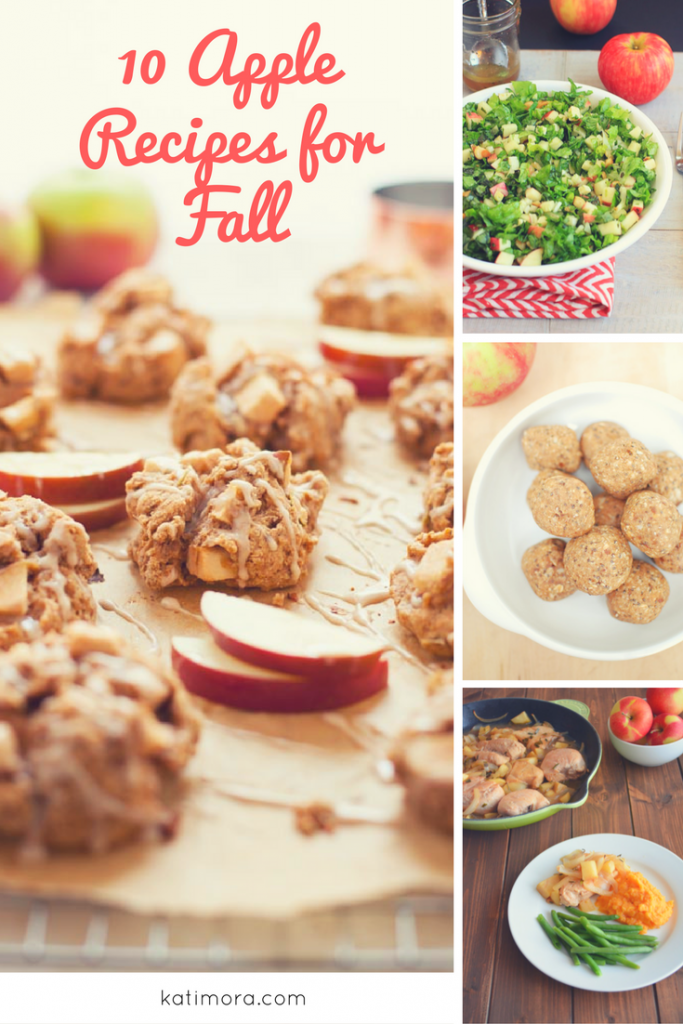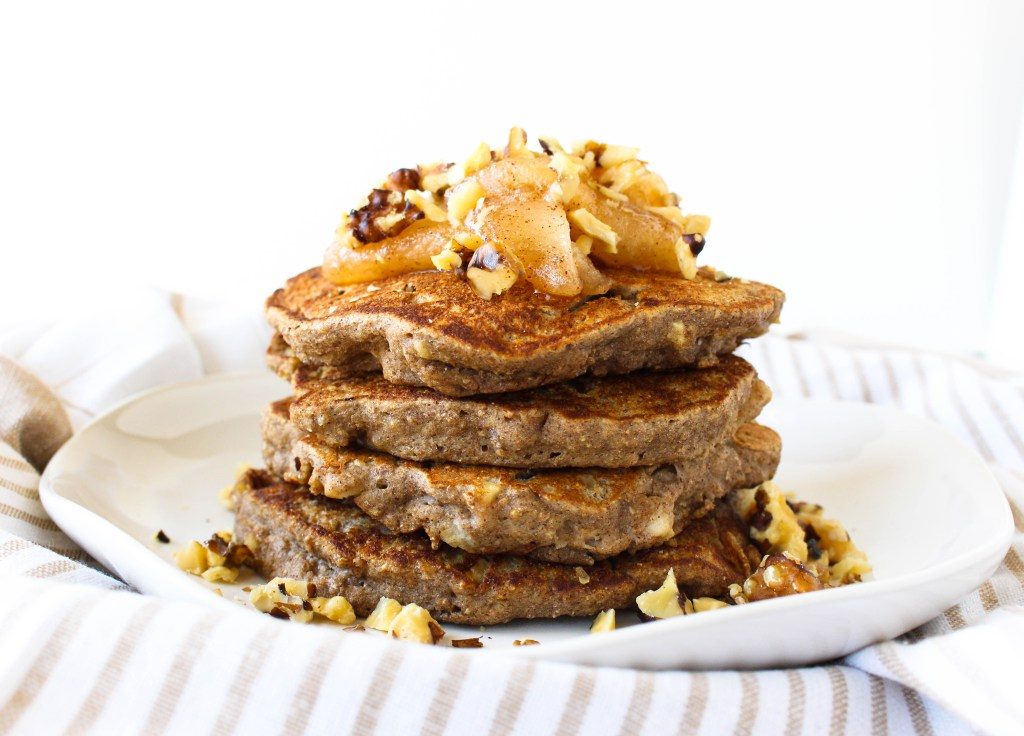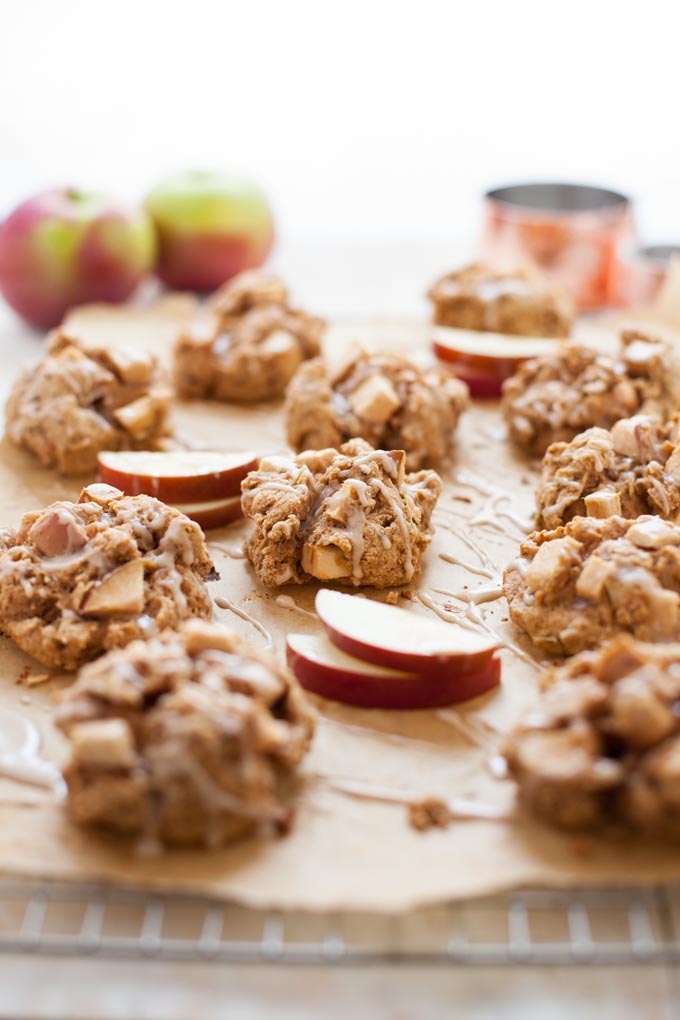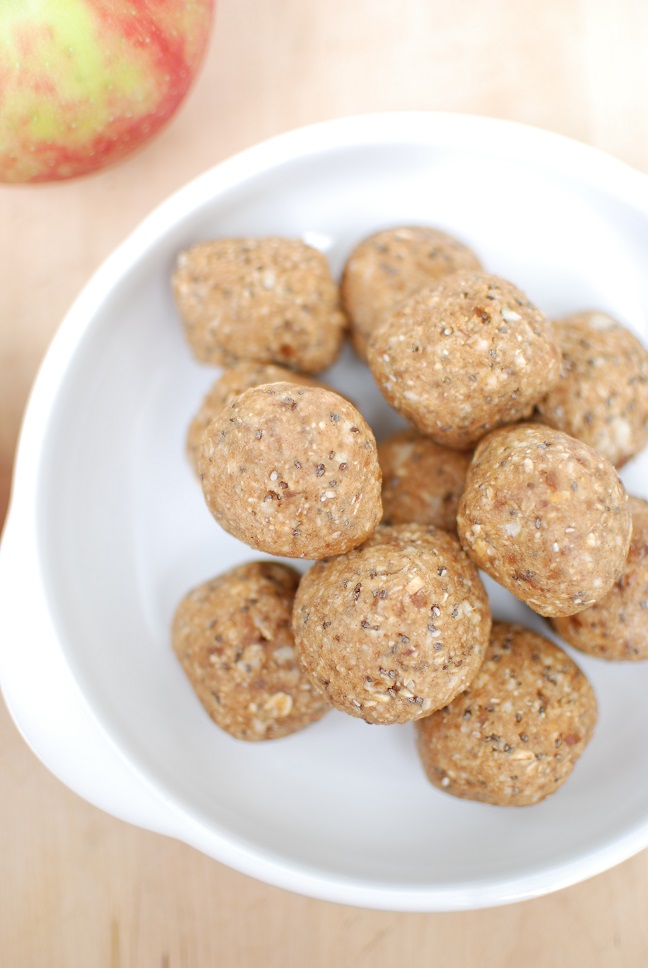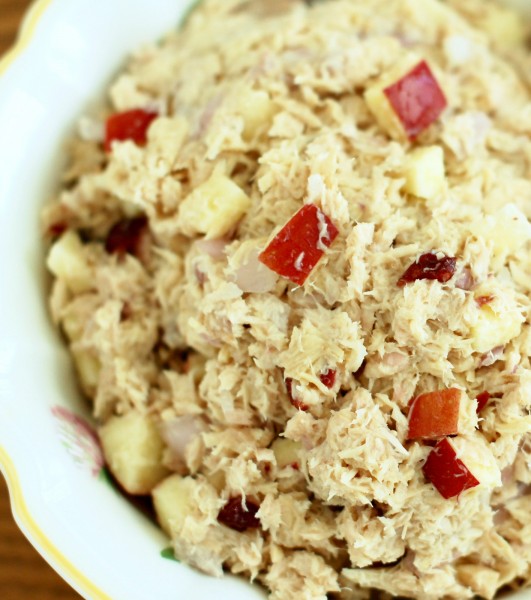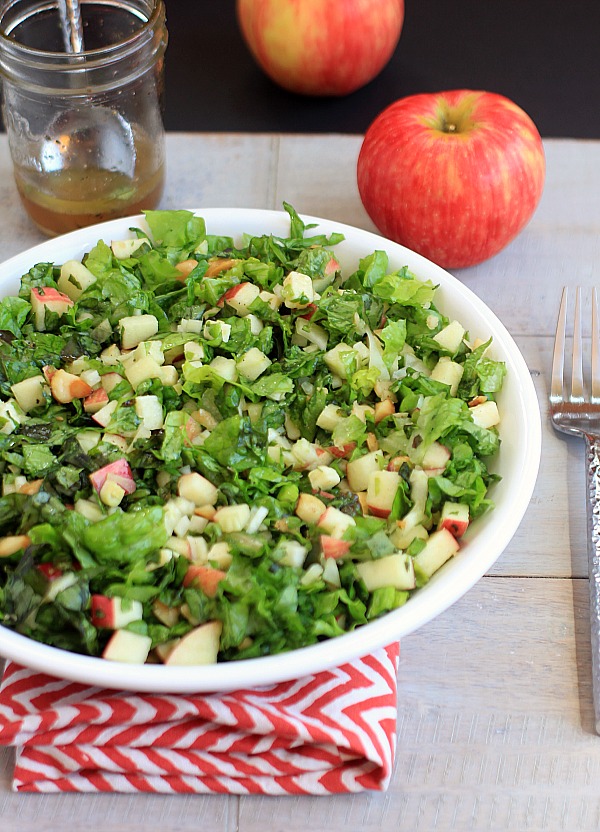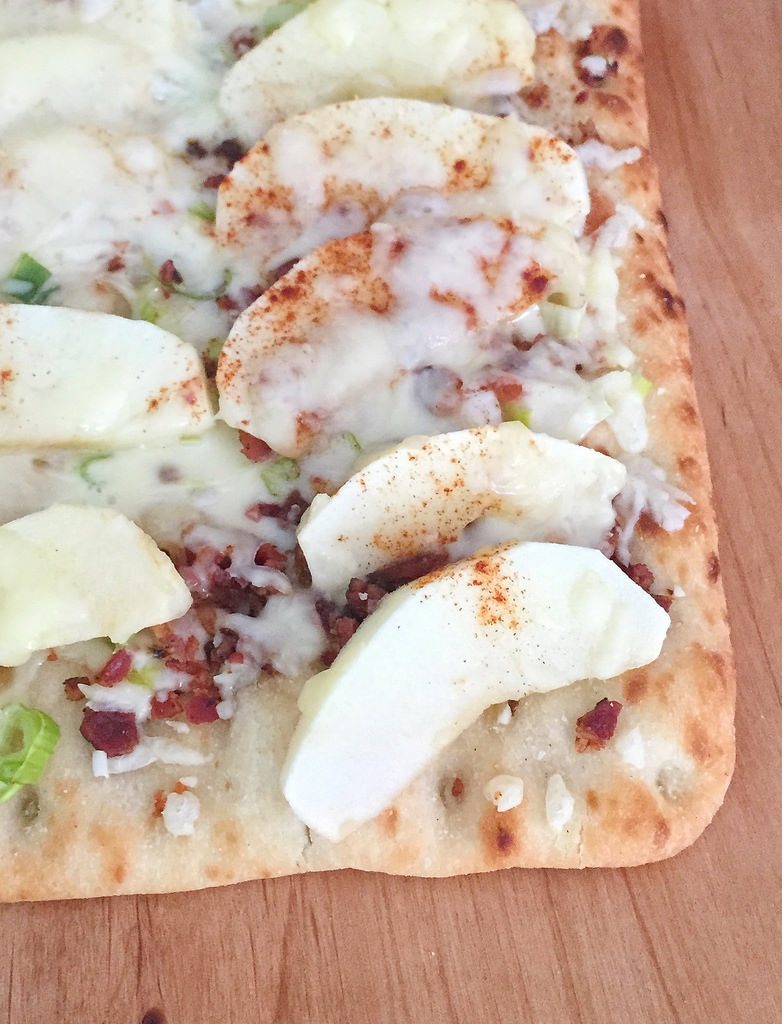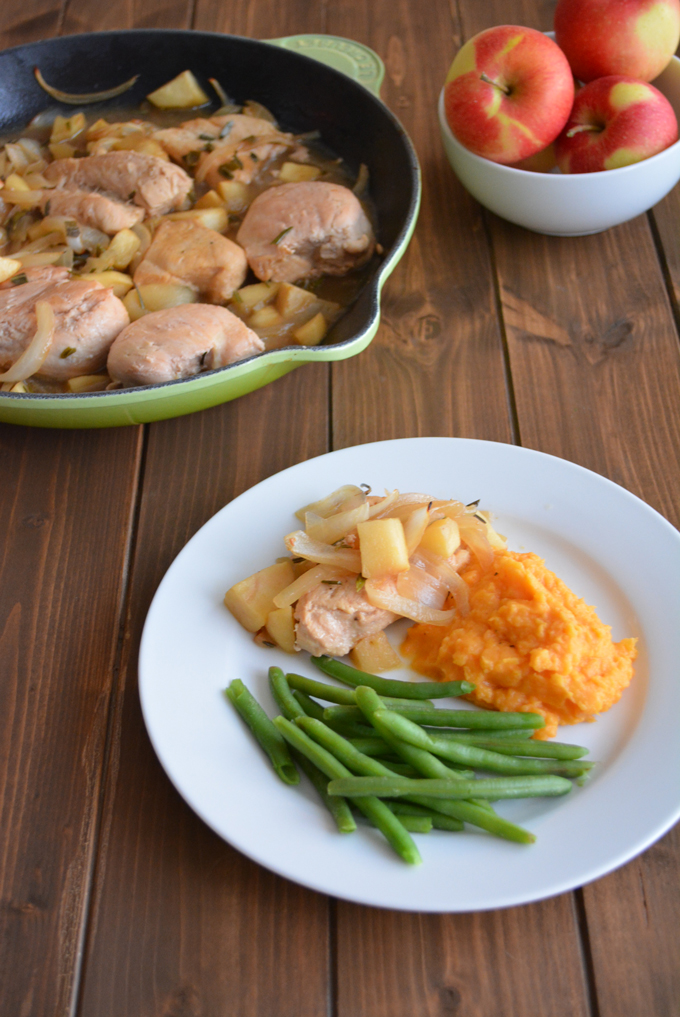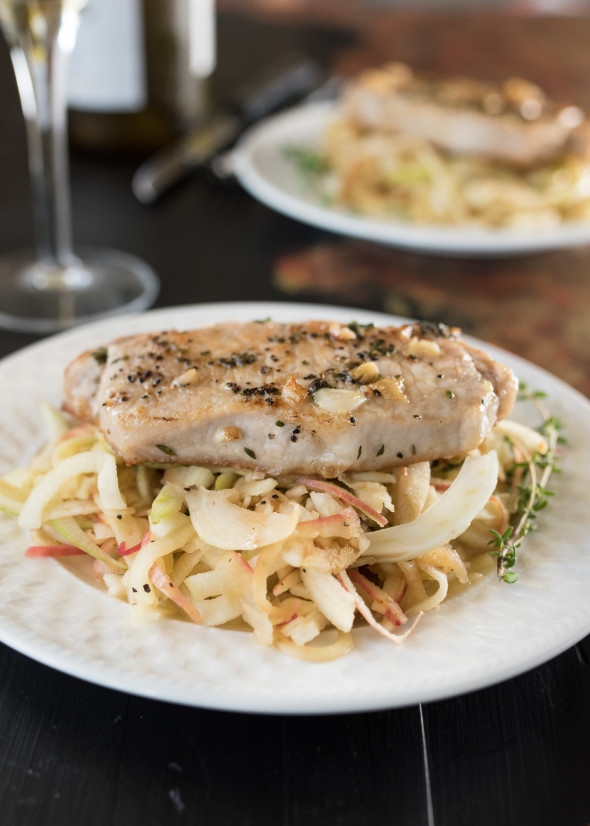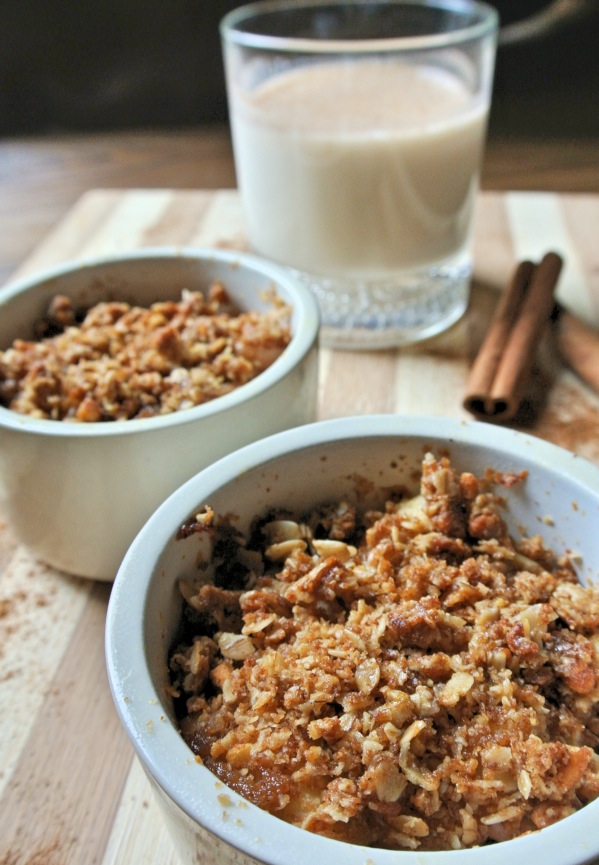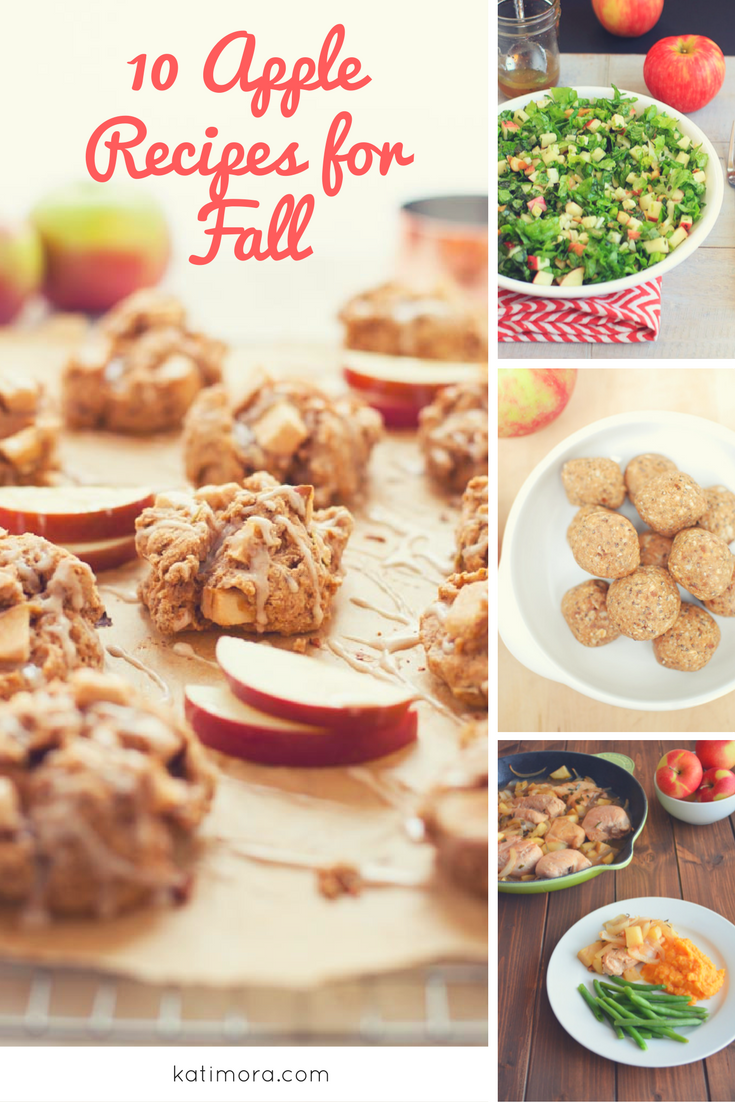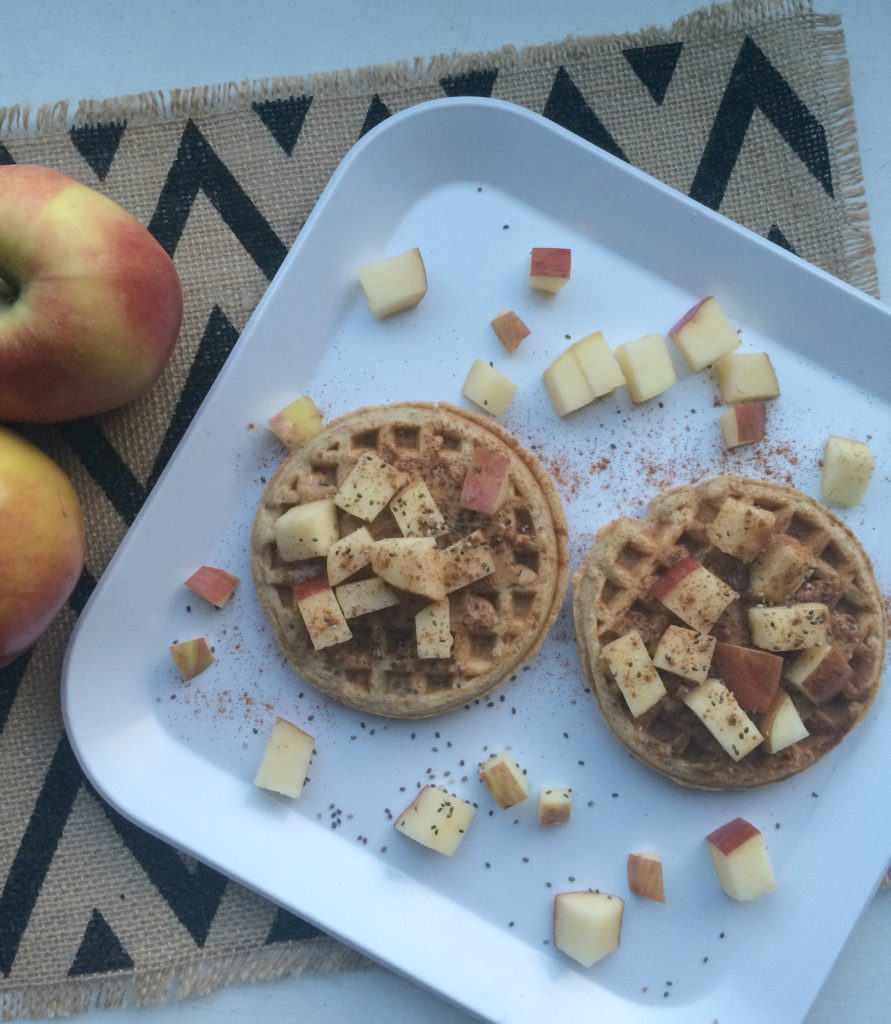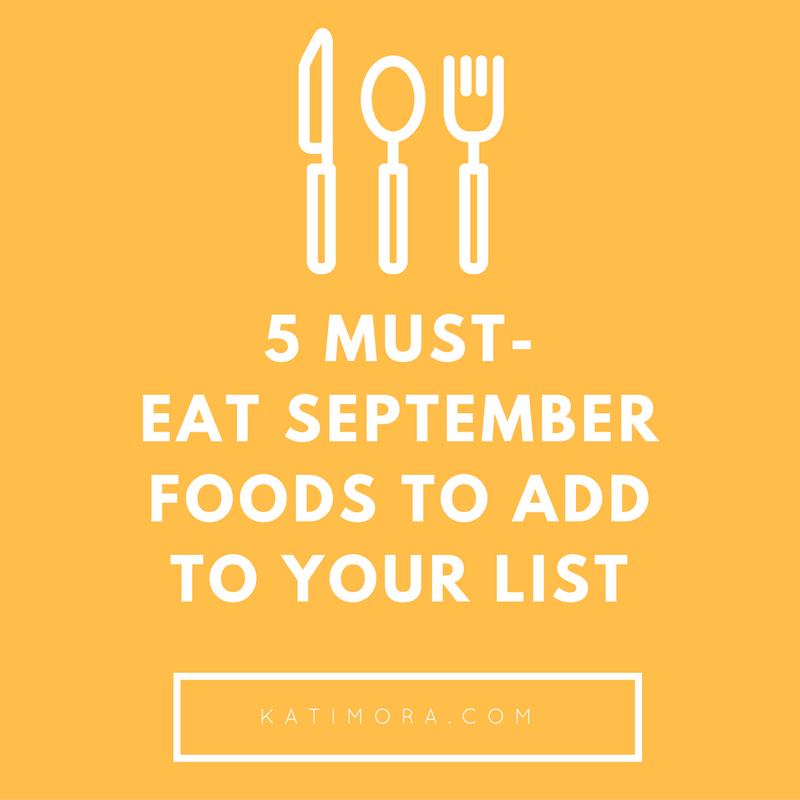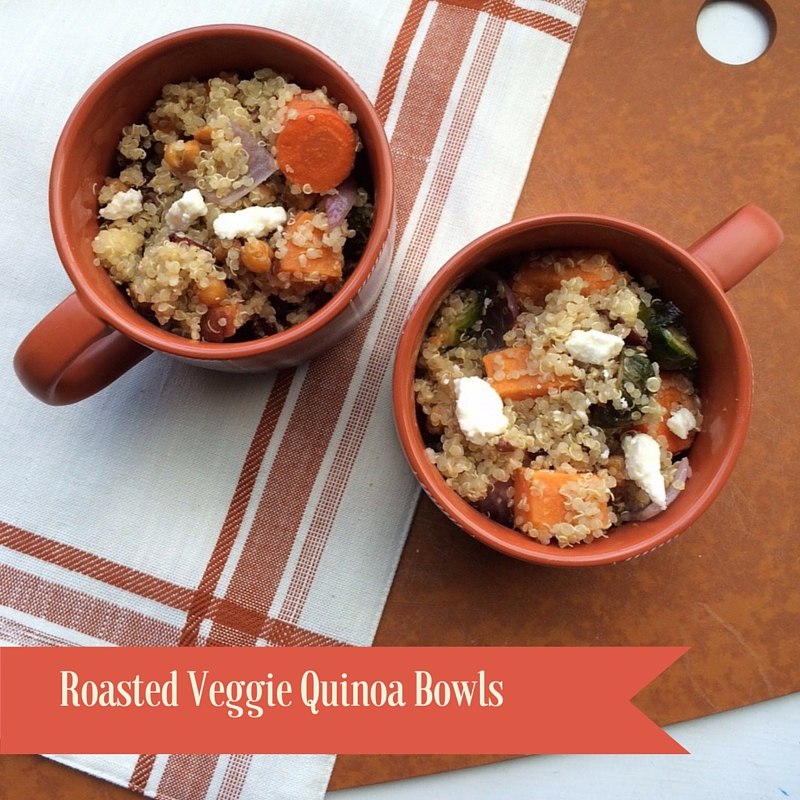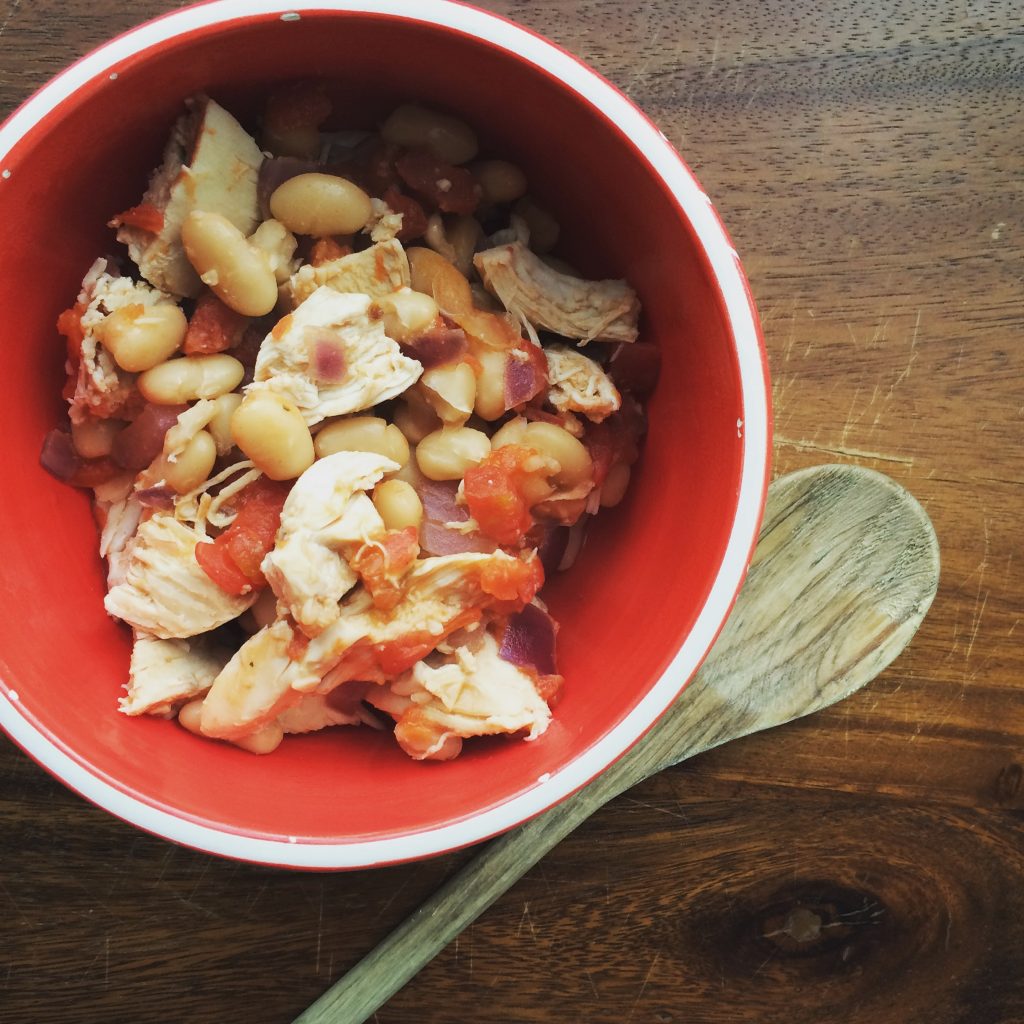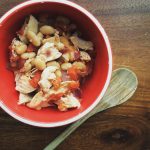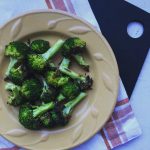We have lots of words we use to describe the types of eating activities that take place in my home. The three most common though are meals, snacks, and treats.
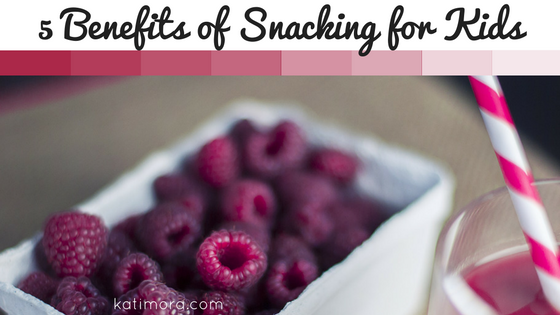
Each are a bit different and help younger family members understand how different types of foods fit without labeling what we eat as “good” or “bad” – two words that make me cringe when it comes to the foods we eat! You see, food is just food – it isn’t good or bad.
In our home, foods tend to be offered up in the following ways:
Meals: Breakfast, lunch and dinner. Three staple opportunities to provide your body with the nutrients you need to have enough energy, stamina, and good health to tackle each day.
Snacks: In-between meal opportunities that allow you to respond to hunger accordingly. Snacks, like meals, should consist of basic foods. I like to pair foods from two different basic food groups together for a balanced option.
Treats: These are the types of foods that tend to offer more enjoyment than nutrition to your plate. Although these foods may not be necessary for nourishment, they can be important elements of a healthy diet. After all, a meal plan without brownies? No thank you. Treats in our home are often offered right along with meals.
Although meals serve as our primary mode for eating, snacks can serve as an important opportunity for kids to get the nutrients they need throughout the day. This is especially the case if you are following the wise wisdom of Ellyn Satter, setting up division of responsibility every time food is offered.
Division of Responsibility
If you aren’t familiar with division of responsibility at the table, essentially it establishes ground rules for parents and children when they come together to eat. Parents are responsible for providing the food while kids are responsible for choosing what they eat.
Related: Why Establishing Table Rules Matter
At our home, we serve one meal, letting everyone choose which foods they want eat. When trying new foods or new combinations, my younger eaters tend to stick with the foods they are more familiar with. In many cases, this means that they eat less at mealtime overall, resulting in a hungry tummy a few hours later.
The Benefits of Snacking
Snacks can offer up more nutrition. Since snack times offer up an additional opportunity to incorporate more foods into your day, why not make the options you serve up nutritious? Pairing up one basic food group with another is an easy way to ensure a snack is nutrient-packed and satisfying. Apple slices with peanut butter, blueberries with yogurt, carrots with hummus – the possibilities are fun and endless!
Snacks can give your kids additional opportunity to try additional nutrient-rich foods. It takes awhile for kids to decide whether or not they like something. That means every opportunity offers a window to normalize new nutrient-rich foods.
Snacks can take the pressure off. As a parent, it can be nerve-wracking when you serve your child a plate of food at meal time, only to discover they have only eaten a few nibbles of the food you have provided. Snacks can help you rest easy because you know they will have another opportunity to eat in just a few short hours.
Snacks can serve as mini-meals. Snacks, like meals, provide an additional opportunity for your kids to meet their nutritional needs; however, what you serve matters. Although snacking may seem like a fine opportunity to indulge in treats, you’ll get more bang for your buck if you serve up nutrient-rich foods instead. Keep in mind, if we’re building healthy eaters, we should use every opportunity we have to provide them with food to benefit their health. There is room for treats, but they shouldn’t replace snacks that can help fill nutrient gaps.
Snacks can give you new opportunities to have fun in the kitchen with your kids. If you’re looking to spend time in the kitchen with your kids, snacks may be the perfect starting point for you. Unlike meals, snacks are often less time-consuming to put together. They also tend to require less cooking skill, which in many instances, makes them much more kid-friendly.
As you look to incorporate healthy meals and healthy snacks into your daily routine, remember how you talk about the foods you serve also matters. Research shows kids are less likely to eat nutrient-rich foods when you focus on their healthiness. That’s probably not all that surprising – even as adults, the nutritional value of our food isn’t very alluring. Taste and flavor on the other hand – well, those are characteristics of our food that do resonate – both with kids and adults.
As you approach foods at the table, whether at meal time, snack time, or even when sharing treats, keep the focus on the foods qualities everyone can get excited about. This way, you normalize food across the categories and increase the likelihood that when nutrient-rich foods are offered, they may be enjoyed for what they are – delicious foods meant to support your lifestyle.
